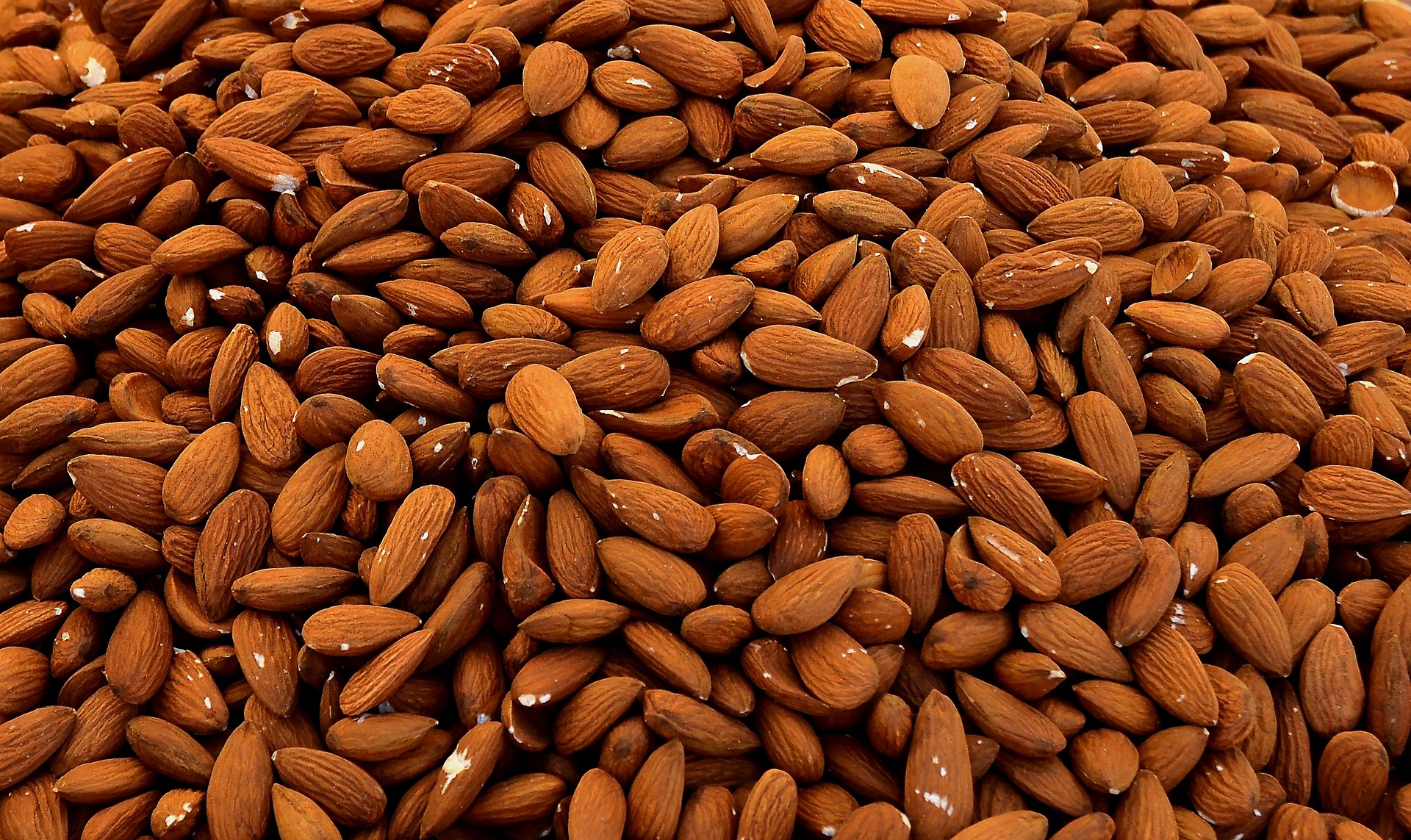To set out to achieve any goal, they need to be SMART: Specific, Measurable, Attainable, Relevant, and Time-bound. It’s not enough to say you want to do something. How will you get there? What benchmarks, or mini-goals, should you reach along the way? What’s the deadline you’ve set for yourself? Is it actually achievable given your current state? How are you staying accountable?
You’ve probably resolved to reach new heights in your athletic abilities in 2017, and you’ve probably considered all of this. But if you’re shooting for one of the common strength-related goals we’ve listed below, chances are there’s a piece or two of the puzzle that you’ve forgotten to tackle.
You Resolved To: Add fifty pounds to your back squat
But You Didn’t Resolve To: Do fewer back squats
A lot of cookie cutter programs will simply prescribe different sets, reps, and training frequency for the back squat in order to help you hit a PR, and a lot of them work to a point. But if you find yourself plateauing, it’s smart to occasionally dial back on the standard back squat and include more box squats and pause squats.
Box squats can help to overload the hips and lower back to build a better starting position from the floor, and pause squats are terrific for developing positional strength, hip drive, and developing force out of the hole. Check out our article on incorporating them.
You Resolved: To add fifty pounds to your deadlift
But You Didn’t Resolve: To improve your posture
Deadlifts are a great exercise for improving posture, but that doesn’t mean they will magically undo the effects of sitting and slouching all day. Internally rotated shoulders, inactive glutes, and a weak lower back are inevitable consequences of spending your workweeks chained to a desk, and they will severely impede your progress toward a mighty pull.
Incorporate more standing, band pull-aparts, walking breaks, glute squeezes, and the occasional bodyweight exercise throughout the day to keep your blood flowing and your back in alignment. No one needs to know you’re doing planks in the stairwell.
You Resolved To: Sleep better
But You Didn’t Resolve To: Eat more magnesium
Most Americans don’t get eight or more hours of sleep, and strength athletes in particular need to ensure they’re clocking at least that much for optimal recovery. But sleep isn’t as simple as that; many of us struggle to fall and stay asleep, and even if we do, our sleep quality can wind up suboptimal.
If you want to improve your recovery in 2017, get plenty of magnesium. Most Americans are deficient (it’s our second most common deficiency after Vitamin D), but adding it to your diet is strongly linked with better sleep quality, less muscle cramping, lower stress levels, and better intra-workout recovery. Read more in our lifter’s guide to magnesium here.
You Resolved To: Improve your mobility
But You Didn’t Resolve To: Find a dedicated mobility regimen
“I feel like I’m not flexible enough and I need to improve that,” is a great starting point, but what comes next? Do you plan to just stretch what feels tight on a given day? Maybe you know your hips are tight, but have you assessed your body parts that might not present symptoms so easily?
Like strength, mobility can be improved with periodization and regular tests to ensure progress. If this is a goal of yours, consider subscribing to a program that’s tailored toward strength athletes like ROMWOD or Mobility WOD, or pick up a copy of Supple Leopard to get a better idea of the range of exercises you may need.
You Resolved To: Gain size
But You Didn’t Resolve To: Eat low-calorie foods
Many feel that the goal of increasing strength is more easily attained with a concurrent increase in weight. If that’s the route you’re taking, you’re undoubtedly aiming to increase your overall calorie intake, perhaps dramatically so, and this may include maximizing high-calorie foods and minimizing the filling, low-calorie bulk provided by vegetables.
But maintaining a high intake of vegetables goes hand-in-hand with gaining muscle. The vast array of vitamins and minerals will improve performance, intra-workout recovery, mental drive, energy efficiency and proper and efficient muscle contraction. Particularly in the case of cruciferous vegetables, they can also help to minimize estrogen levels. That means better gains.
If you’re concerned about feeling too full to hit your calorie goal, consider adding greens to protein shakes, avoiding raw vegetables, juicing to reduce the fiber, and using a food processor to sneak veggies in your meatloaf, burgers, quiches, and more. All of these methods will make it easier to digest more veggies without making you feel too full.
You Resolved To: Improve your overall health
But You Didn’t Resolve To: Spend more time at the doctor’s office
Just want to train and eat for overall health? Great! Do you know what areas of your health need attention? To know that you’re making progress, start the year with some comprehensive bloodwork and keep going back to the doctor.
The standard annual trip to the doctor is just a snapshot in time, but multiple tests throughout the year will help you to know if the actions you’re taking are doing the job of, say, reducing your blood pressure, blood sugar, and resting heart rate. Your own individual body, history, and genes may require a different approach than what you’ve been prescribed.
Featured image via @irenescholz on Instagram.


